Astronomers Fear Destructive Light Pollution From FCC’s ‘Single Network Future’
Astronomers say some LEO satellites will become the brightest objects in the night sky after the moon.
Ted Hearn
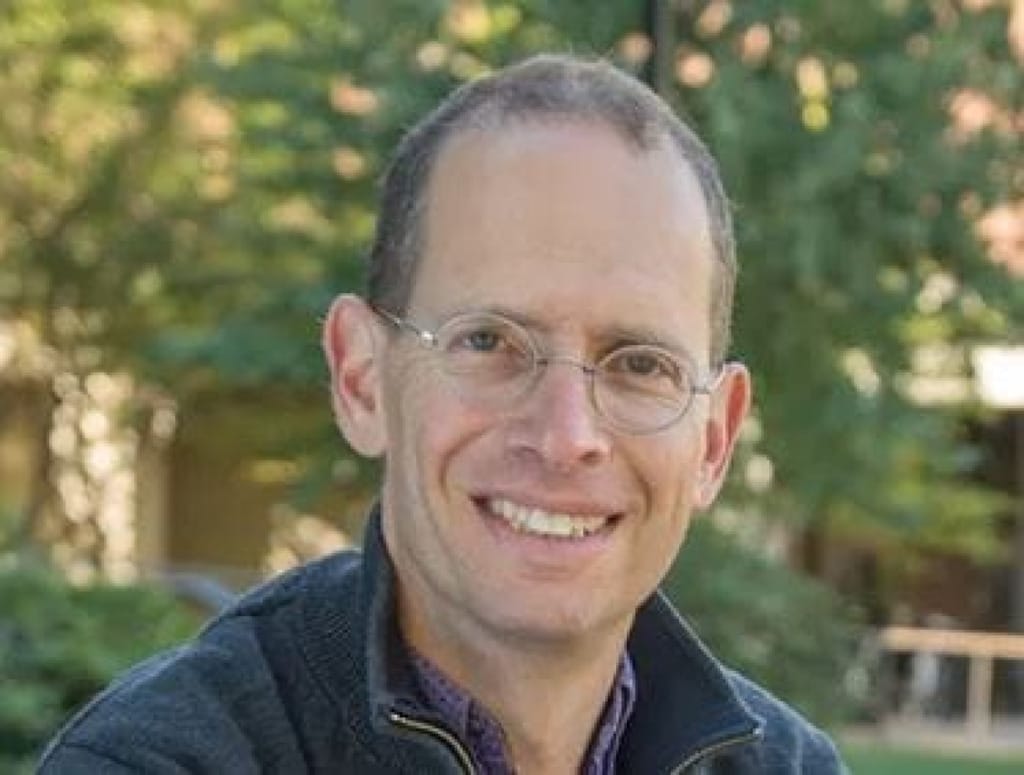
WASHINGTON, May 26, 2024 – A major communications initiative by the federal government to use satellite technology to eliminate cell phone dead zones is under attack by astronomers who want to protect the night sky from light pollution.
Under a plan dubbed the Single Network Future, the Federal Communications Commission under Chairwoman Jessica Rosenworcel has given the go-ahead for satellite operators to work with wireless carriers in expanding their coverage maps to include terrestrial locations that are far too difficult or expensive to serve on their own.
One benefit of the Single Network Future is the ability to locate lost or injured people with mobile devices who can’t get a signal to seek help.
“We can make mobile dead zones a thing of the past,” Rosenworcel said last March. “That vision is what we call the Single Network Future – and the opportunities are big.”
Elon Musk's rocket company SpaceX is working with T-Mobile to expand mobile coverage that relies on SpaceX’s Low Earth Orbit satellite constellation Starlink. On May 15, AT&T and satellite carrier AST SpaceMobile announced an agreement to “provide their first space-based broadband network direct to everyday cell phones.”
The FCC’s Single Network Future rules – officially called Supplemental Coverage from Space (SCS) – go into effect on Thursday.
Ahead of the new rules, astronomers told the FCC that the cost of the Single Network Future is the destruction of the night sky from light pollution created by satellites reflecting sunlight.
“The ability to see and study and appreciate and be inspired by the cosmos [is] now seriously threatened by the advent of large constellations of LEO satellites,” said James Lowenthal, Professor of Astronomy at Smith College in Massachusetts, in a May 23 letter to the FCC. “Research astronomy has been thrown into panic by this new wicked problem.”
In developing the Single Network Future, the FCC is attempting to balance the introduction of a new tool to enhance public safety and convenience with the concerns raised by scientists fearing irreparable harm to their ability to observe galaxies near and far.
“The naked-eye view of the dark night sky is already changed: On a recent field trip, my students were astounded and horrified by the large number of satellites we saw. It was impossible to get away from them,” Lowenthal said.
Catherine Lovekin, Associate Professor of Physics at Mount Allison University in New Brunswick, Canada, told the FCC in a May 22 letter that “AST SpaceMobile’s BlueWalker 3 satellite is the first direct-to-cell satellite in orbit and is one of the brightest objects in the night sky anytime it is sunlit.”
Lowenthal said AST SpaceMobile’s BlueWalker 3 satellite and next generation Starlink satellites are so large that they “will likely be the brightest things in the night-time sky besides the Moon” and will emit powerful radio signals capable or damaging or destroying “millions of dollars of sensitive radio telescope receivers.”
Several years ago, Starlink responded to astronomer critics by pledging to coat its satellites with light-absorbing material. But Starlink’s 5,800 operational satellites orbiting 342-miles above the Earth continue to be visible against the night sky.
For instance, people across the country continue to place 911 calls to report that a neckless of white boxcars moving across the sky is a UFO sighting when what they are really seeing is an array of Starlink satellites.

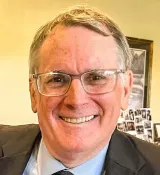
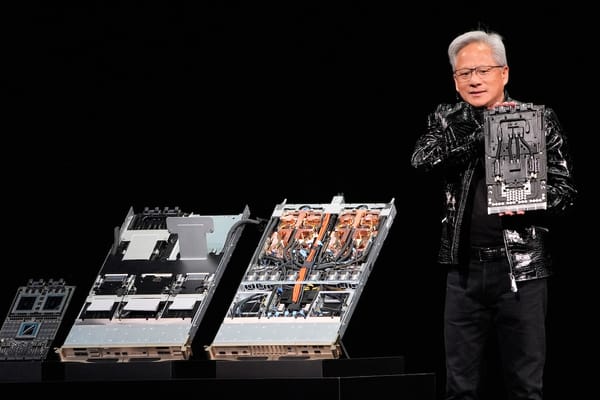
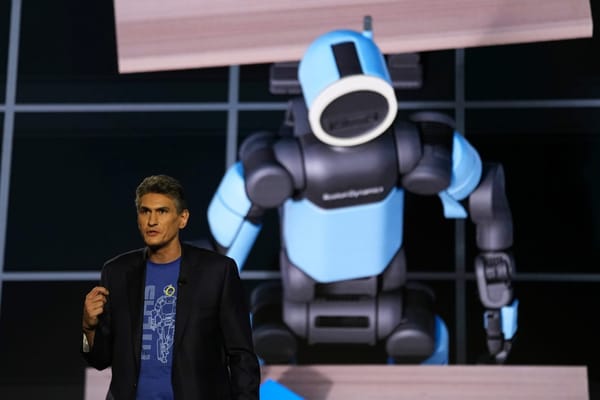
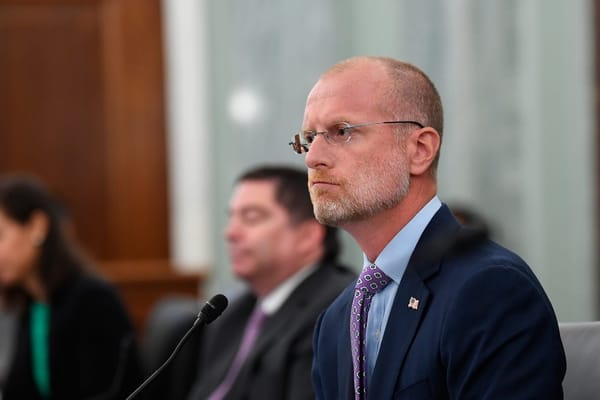
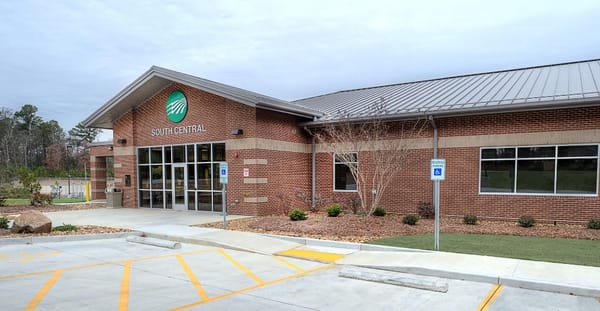



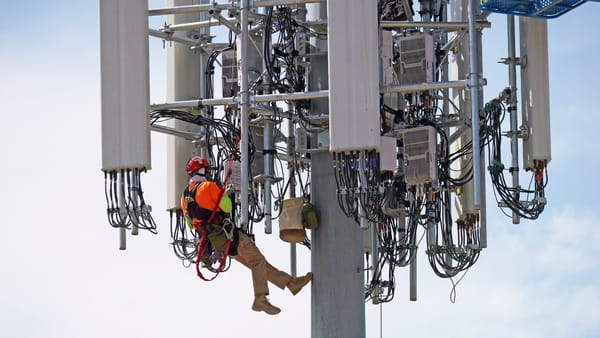
Member discussion